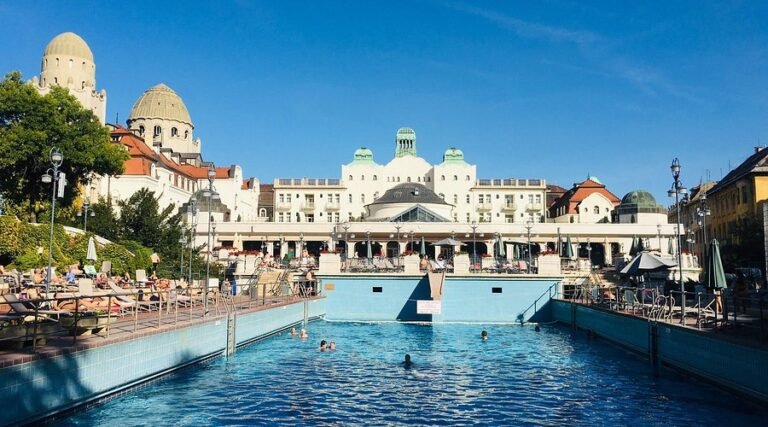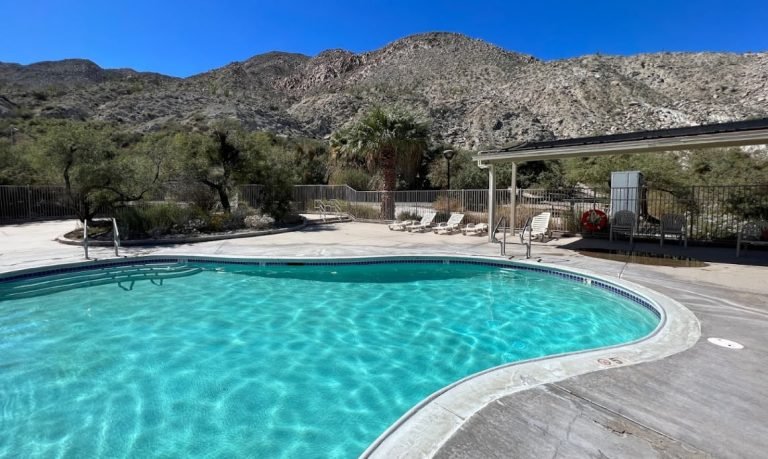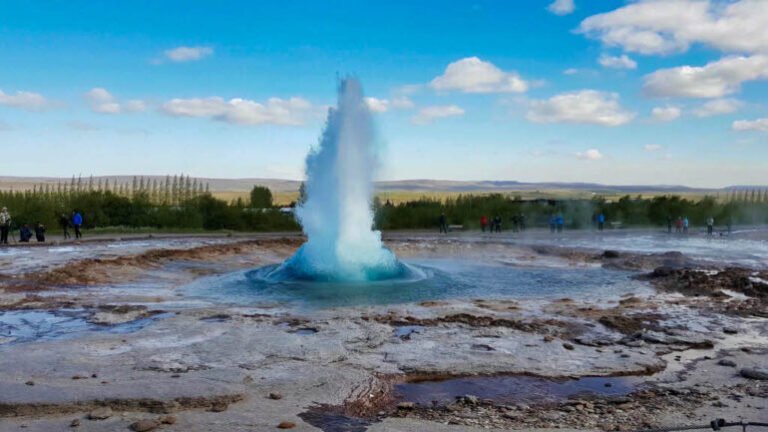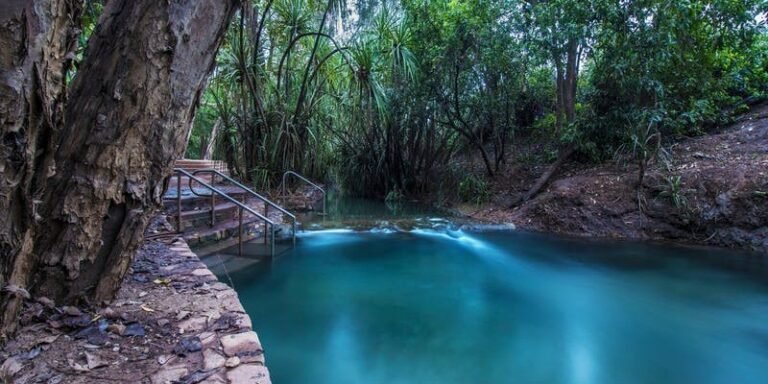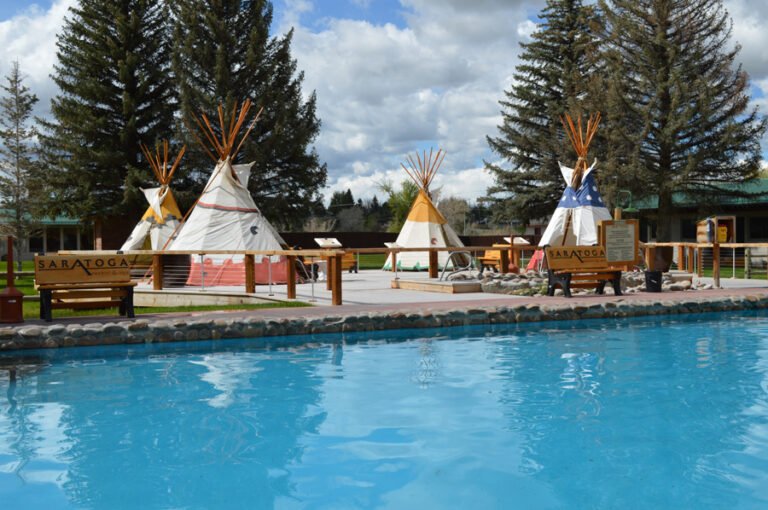Jhinu Danda Hot Springs
Introduction (300-350 words)
As you bathe your tired body in the steaming natural hot spring at Jhinu Danda, a breathtaking panorama of terraced fields and verdant forest, spliced by the gurgling of the Modi river awash with fresh mountain snow, extends into the snow-dusted horizon. The sun, radiating a warm and soothing glow, blankets the surrounding snow-covered Annapurna and Machhapuchhre peaks. The crisp mountain air fills your lungs, while the healing waters seep into your skin, dissolving your worries, rejuvenating your senses, and leaving you in a state of euphoric bliss. This transformative experience is what you can expect when you visit Jhinu Danda Hot Springs, nestled in the heart of the Nepalese Himalayas. This post aims to immerse you in the magical allure of Jhinu Danda, its historical narrative, geological origins, therapeutic benefits, captivating environment, and practical tips for ensuring a memorable visit. For those seeking solace from the humdrum routine and yearning for a deeply healing and relaxing retreat, Jhinu Danda Hot Springs offers an alluring sanctuary.
Overview of the Hot Springs (500-600 words)
Located roughly 1780 meters above sea level, Jhinu Danda Hot Springs is a hidden gem in the Annapurna Conservation Area. It is a roughly 20-minute downhill trek from the Jhinu Danda village, an idyllic mountain hamlet that serves as a comfortable resting point for trekkers venturing to the Annapurna Base Camp.
The history of the hot springs is shrouded in ancient wisdom and folklore. Locals believe the hot springs have sacred powers. The Tamangs and Gurungs, indigenous Nepali tribes who are early inhabitants of the region, have treated these hot springs as a natural haven for relaxation and recuperation for centuries.
The geological features of Jhinu Danda Hot Springs only serve to enhance the mystique. Formed by the dynamic subterranean processes characteristic of the Himalayas, these springs are a result of rainwater seeping into the Earth, getting heated by the magma lying below the earth’s crust, and eventually resurfacing as hot springs. The water contains several minerals such as sulfur, calcium, and magnesium, which are hallmarks of geothermal water bodies and possess numerous health benefits.
Features & Benefits (500-600 words)
The Jhinu Danda Hot Springs are a veritable elixir, providing several health benefits owing to the minerals in its waters. Various studies have shown that sulfur, a key component of these hot springs, can alleviate skin conditions like dermatitis and psoriasis, while magnesium promotes better sleep. Additionally, calcium aids in stronger bones, and the warm waters can soothe joint pain and stimulate blood circulation.
The allure of Jhinu Danda extends beyond its healing waters. The surrounding alpine landscape offers a visual treat that calms the mind as the healing waters invigorate your body. The seasons paint the mountains in different hues – the snow-blanketed winters, the blossoming rhododendrons in spring, lush summers, and the amber foliage in autumn. It is not uncommon for visitors to experience an overarching feeling of tranquility and wellbeing during and after their soak.
Many trekkers have hailed their experience at Jhinu Danda as transformative, attributing their recovery from their rigorous trek to the rejuvenating properties of the hot springs. Apart from this, visitors can engage in other refreshing activities such as yoga, guided meditations, and nature walks.
Practical Information (600-700 words)
Reaching Jhinu Danda from the Pokhara airport is a multi-stage process. First, a jeep or bus takes you to Nayapul, a 1-hour drive, followed by a 5-hour trek up to Jhinu Danda. The journey, though long, is filled with beautiful landscapes which make the trip totally worthwhile.
The best time to visit Jhinu Danda is in the spring (March to May) and autumn (September to November). However, the hot springs are open year-round, offering a unique experience with each season.
Admission to the hot springs is free, but a small fee is charged for the changing rooms and locker facilities. As for the necessities, remember to bring your swimwear, towel, a water bottle, some snacks, and a camera to capture the blissful experience.
There are plenty of nearby attractions like the Annapurna Base Camp, Poon Hill, and local villages for cultural exploration, which visitors can add to their itinerary.
Tips for Visiting (300-350 words)
As with any hot spring, make sure to limit your dip to 20-minute intervals with breaks in between to avoid overheating. Those with specific health conditions like high blood pressure and expectant mothers should consult a doctor before planning their visit.
Respect the local customs – maintain silence, keep the environment clean, and take a thorough shower before entering the hot spring. Insider tips include visiting the springs early in the morning or late evening when they are less crowded.
Packing light is essential. Carry your essentials like extra clothes, water bottles, light snacks, additional towels, and sunscreen.
Conclusion (200-250 words)
Unwinding in the hot spring at Jhinu Danda, you feel a sense of tranquility combined with an energy boost that can only come from immersing yourself in nature’s therapeutic gift. The destination is an ideal sojourn for travelers seeking an offbeat experience – one that combines wellness, relaxation, and exploration. Are you ready for a revitalizing escapade to the Jhinu Danda Hot Springs? Share with us your expectations or past hot springs experiences in the comments below and check out related posts to discover more such out-of-the-box destinations.
Remember to make ‘Jhinu Danda Hot Springs’ your primary keyword for this blog post, applying it naturally throughout your content, especially in introduction, headers, and conclusion sections.


